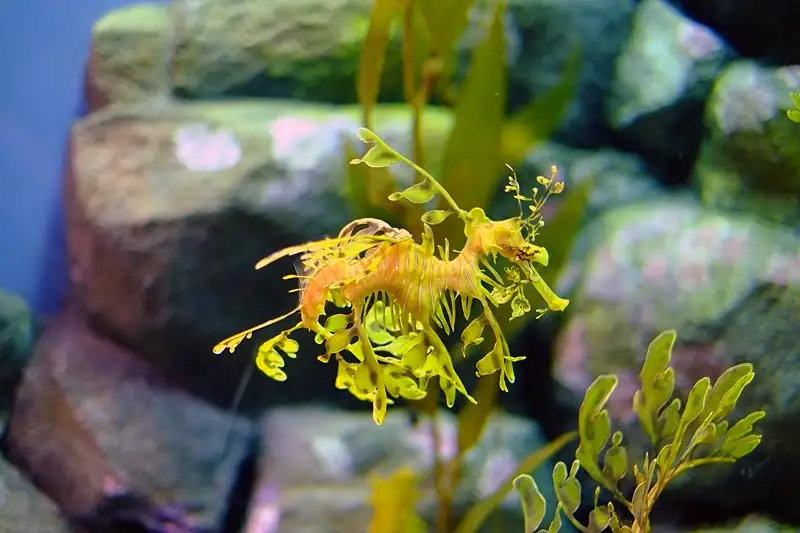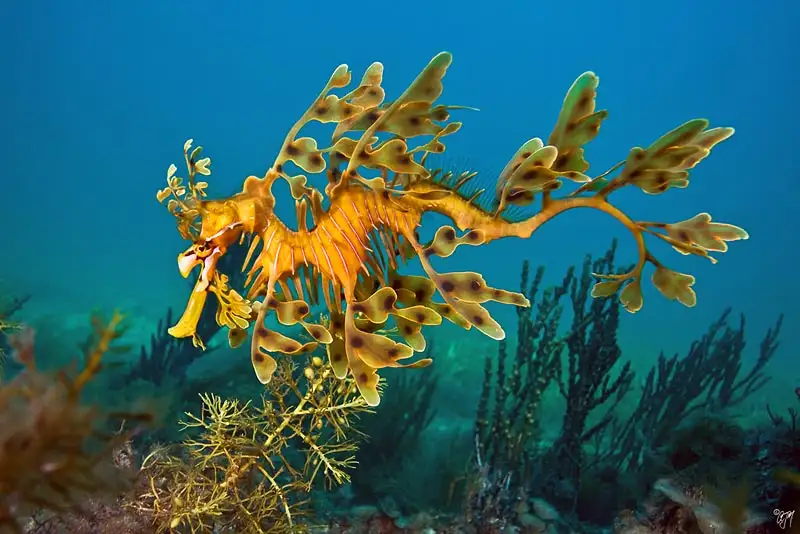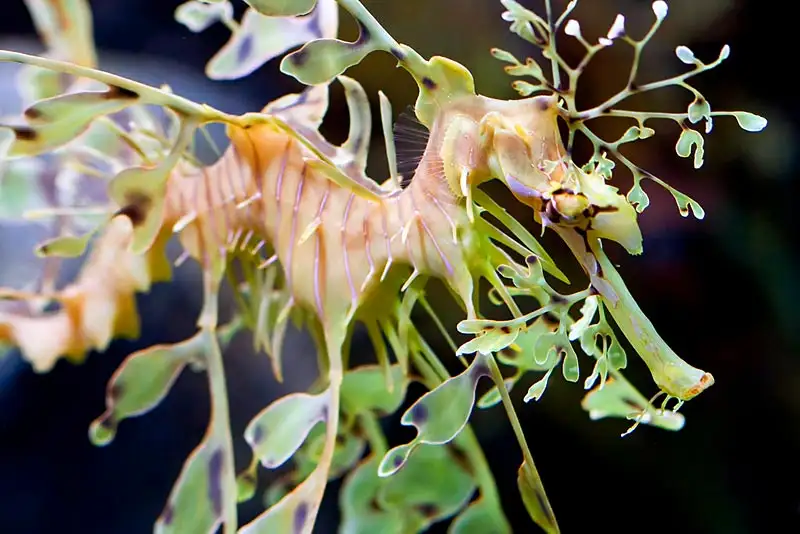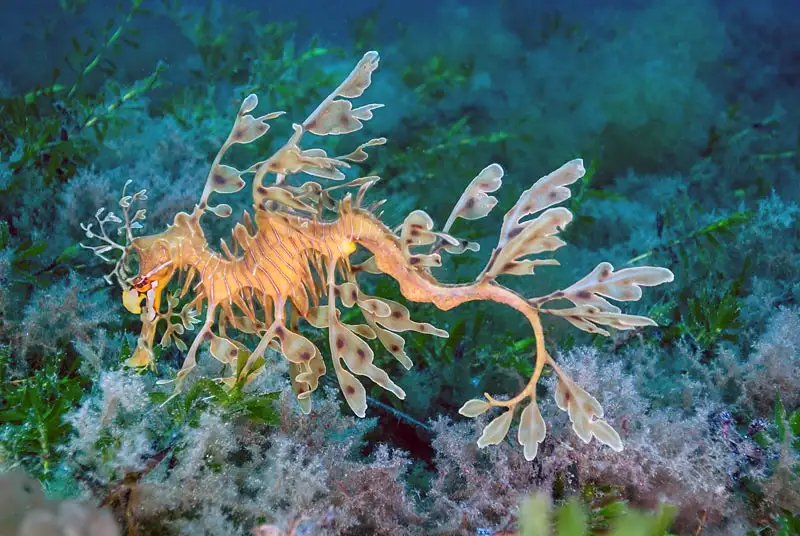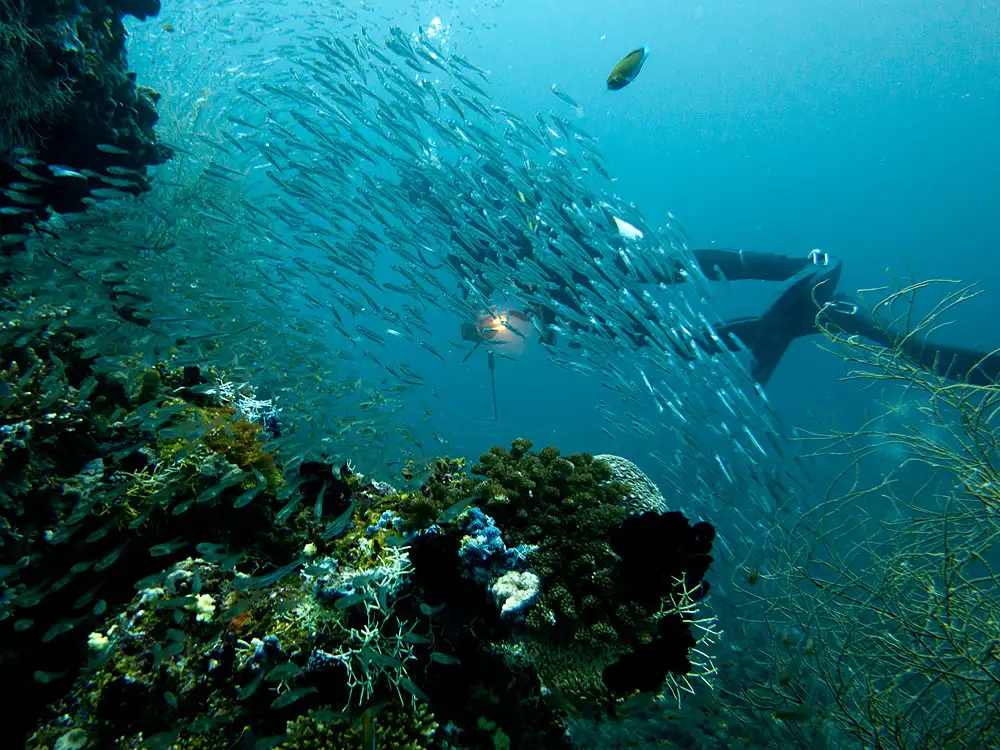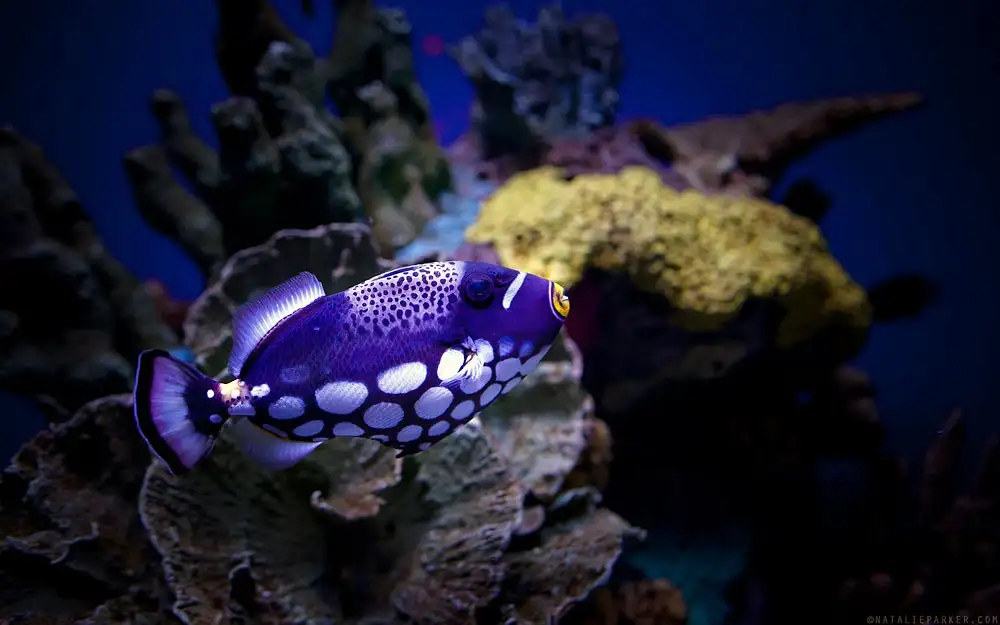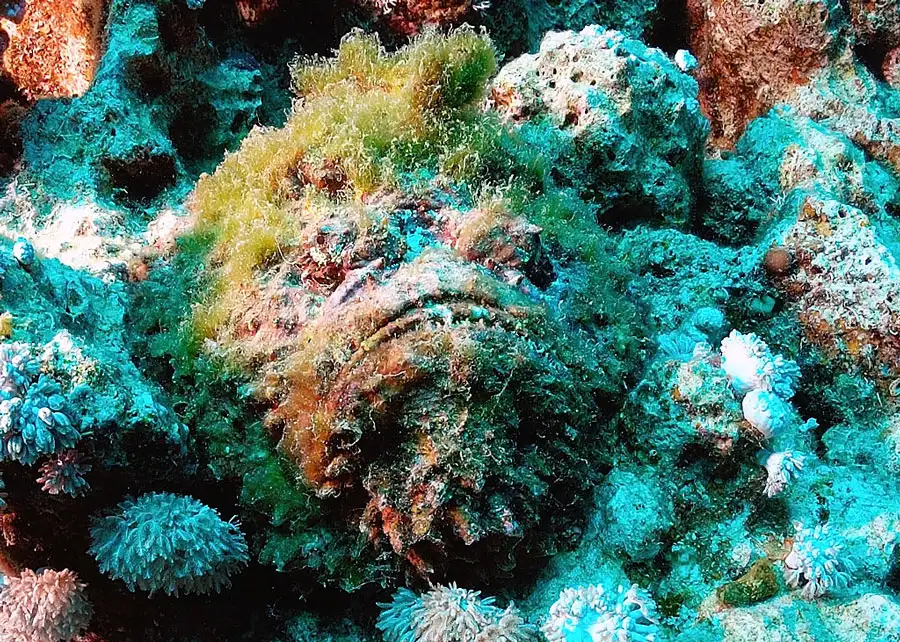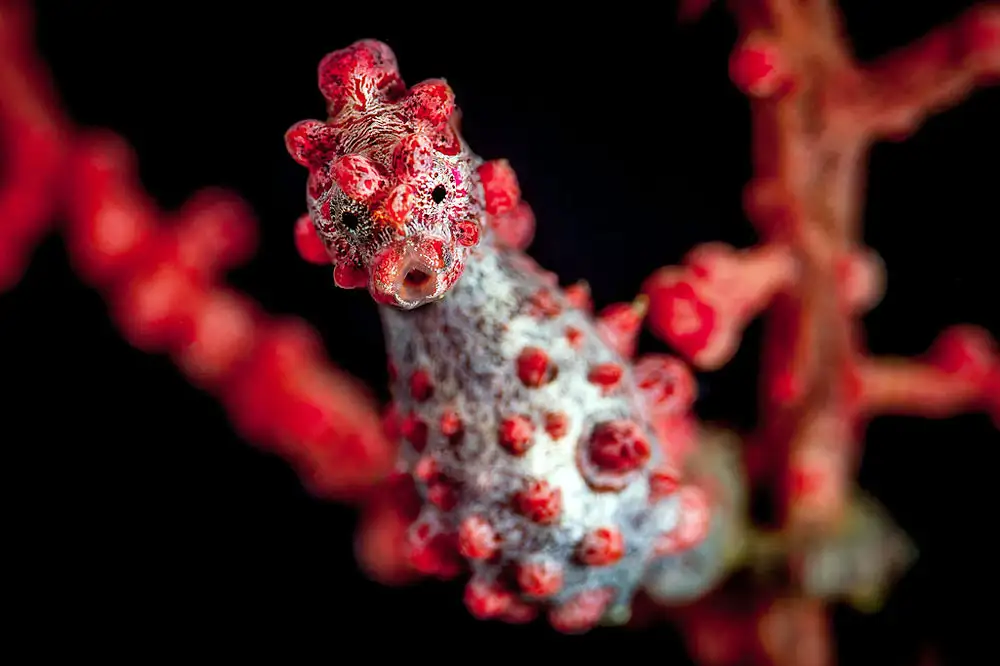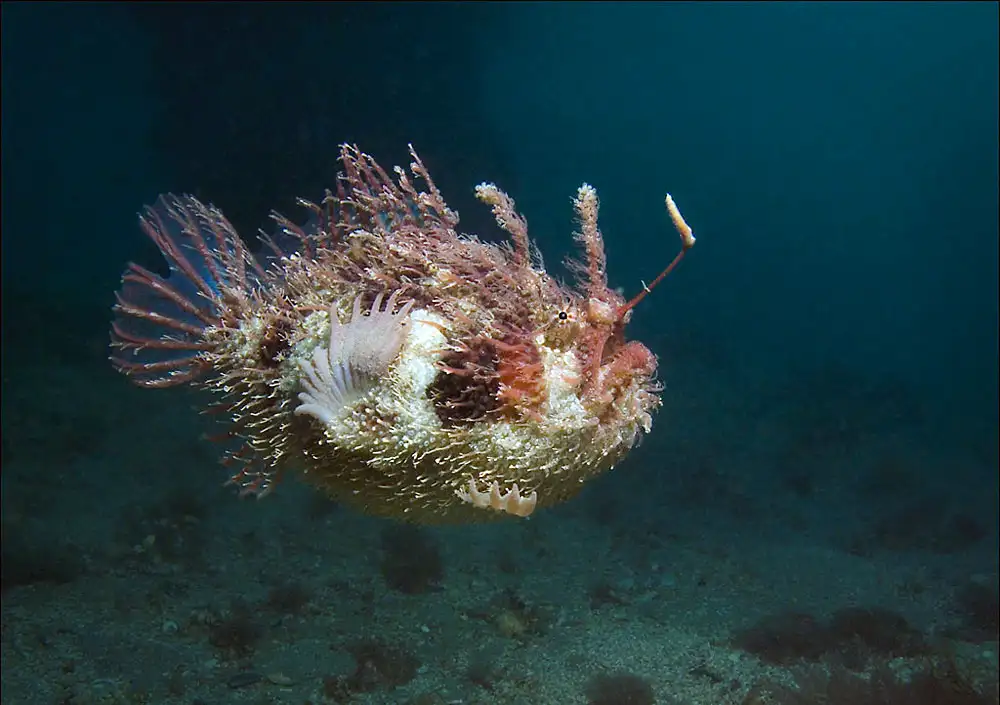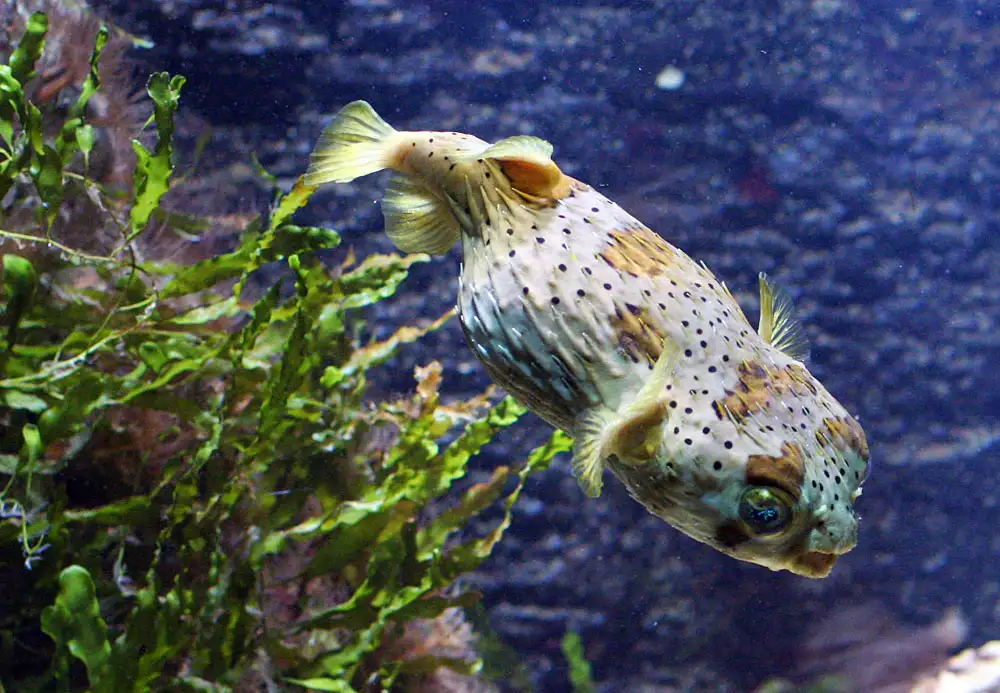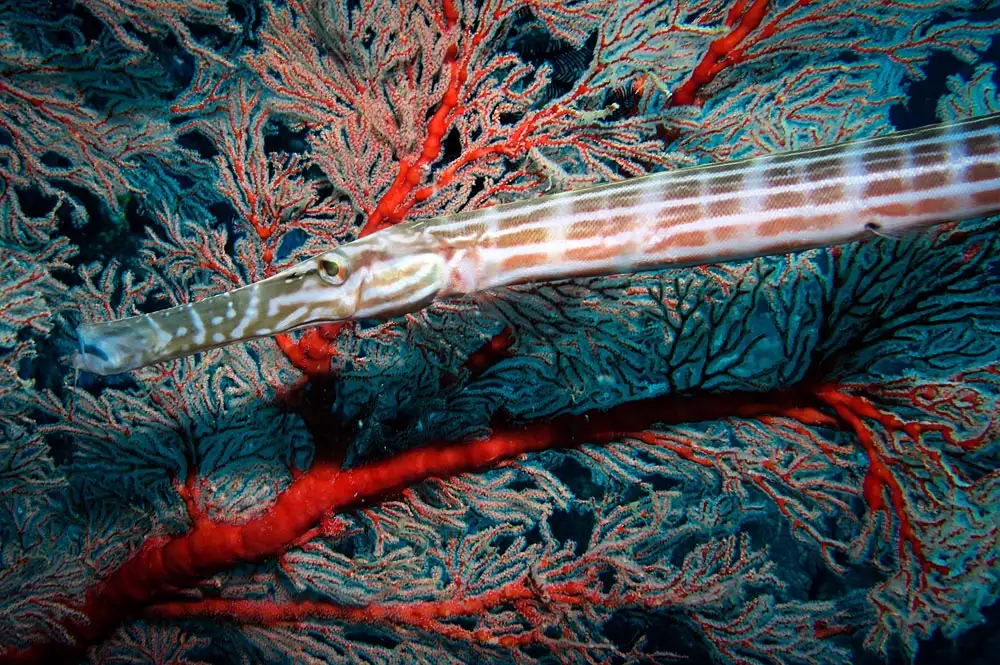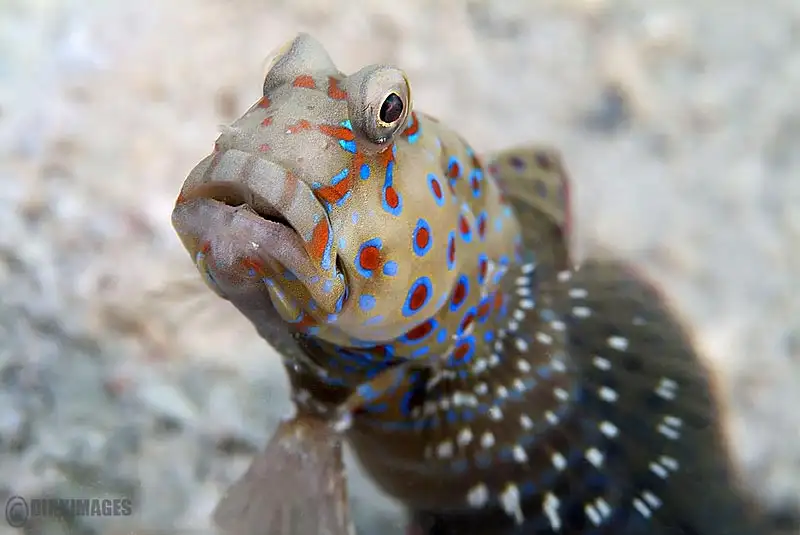Leafy Seadragon
IUCN
NTBasic Information
Scientific classification
- name:Leafy Seadragon
- Scientific Name:Phycodurus eques
- Outline:Small fish
- Family:Syngnathidae Phycodurus
Vital signs
- length:20–35 cm
- Weight:Small coastal fish; typically <100 g depending on individual
- lifetime:Approx. 6–10 years (wild estimates)
Feature
Elaborate leafy appendages; macroalgal mimicry; male brooding on tail brood patch; suction feeding on small crustaceans.
Distribution and Habitat
Temperate coastal Australia: kelp forests, macroalgal beds, seagrass meadows and rocky reefs (3–30 m).
Appearance
Yellow‑green to brown with fine mottling; very long snout; small transparent dorsal fin; bony rings; no pelvic fins.
Details
The leafy seadragon (Phycodurus eques) is a member of the Syngnathidae (seahorses & pipefishes), renowned for its ornate leaf‑like appendages that mimic drifting seaweed. Like its relatives, it featuresmale brooding: the female deposits eggs onto the male’s tail brood patch, where they are fertilised and incubated until hatching.
Ecology & Biology
Diet: small crustaceans (copepods, amphipods, mysids) and zooplankton, taken via suction feeding.
Behaviour: slow swimmer; sways among algal/kelp fronds relying on camouflage; often at edges of kelp and seagrass.
Reproduction: males carry ~120–300 eggs on the tail for several weeks before releasing fully‑formed juveniles.
Identification
Extensive leaf‑like appendages over the head, body and fins; yellow‑green to brown hues with fine mottling.
Very long snout with a small toothless mouth; tiny transparent dorsal fin provides propulsion and trim.
No pelvic fins; bony ring armour typical of syngnathids.
Size & Longevity
Length: usually 20–35 cm.
Life: roughly 6–10 years in the wild (estimates vary).
Range & Habitat
Endemic to southern and western Australia in temperate coastal waters, inhabiting kelp forests, macroalgal beds, seagrass meadows and rocky reef mosaics, mostly 3–30 m deep.
Conservation & Threats
Threats: habitat loss (kelp decline, coastal works), collection for display, and incidental capture.
Protection: listed and protected in many Australian jurisdictions; no‑take and habitat safeguards apply; low‑impact dive guidelines recommended.
IUCN: Near Threatened (NT) (check the latest assessment for updates).
FAQ
Q1. Difference from weedy seadragon/sea horses? Leafy seadragons have far more elaborate leafy appendages; weedy seadragons (Phyllopteryx) are slimmer with fewer leaflets; seahorses have an upright posture and a prehensile tail.
Q2. Suitable for aquariums? Generally not—specialised diet and legal protections limit collection/keeping.
Q3. Photography/diving tips? Keep respectful distance, avoid flashes or physical contact, and follow local marine‑park rules.
Q4. Why male brooding? It increases egg survival and allows females to produce another clutch relatively soon, enhancing reproductive output.

